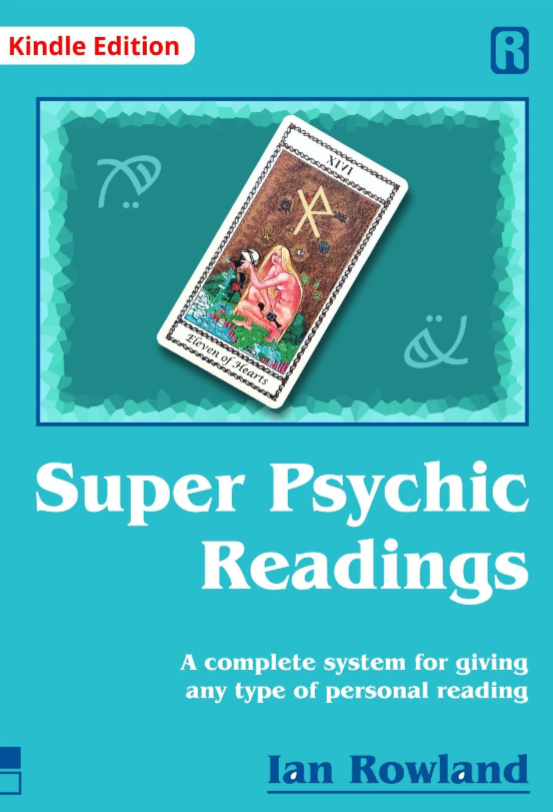Mastering Cold Reading Techniques: A Complete Guide
Mastering Cold Reading Techniques: A Complete Guide
Human interaction is full of subtle cues, hidden meanings, and psychological patterns. This is where cold reading techniques come in. Whether used by magicians, mentalists, or even sales professionals, cold reading techniques are methods that make it seem like you know more about someone than you really do. Learning these skills can enhance communication, build rapport, and sharpen your observational abilities.
What Are Cold Reading Techniques?
Cold reading techniques are strategies used to give the impression that you can accurately describe someone’s personality, past, or future without prior knowledge. These methods rely on body language, tone of voice, and universal human experiences. While they are often used in magic and fortune-telling, cold reading techniques can also be applied in sales, negotiations, and everyday conversations.
Why Cold Reading Techniques Work
The effectiveness of cold reading techniques comes from psychology. People naturally want to feel understood, and vague statements that seem personal can trigger recognition. This is known as the Forer effect. For example, saying, “You sometimes doubt yourself but are also proud of your achievements,” resonates with almost everyone.
When applied skillfully, cold reading techniques create trust, connection, and influence.
Common Cold Reading Techniques
Here are some of the most widely used cold reading techniques:
The Barnum Statement – General yet flattering claims, e.g., “You have untapped potential.”
The Rainbow Ruse – Covering both ends of a trait, e.g., “You can be social, but you also value alone time.”
Shotgunning – Offering multiple statements to see what sticks, e.g., “You know someone with a J or M in their name.”
Body Language Reads – Observing posture, clothing, or expressions to guide statements.
Fishing – Asking leading questions and building on responses.
Statistical Guesses – Relying on probabilities, such as assuming most people worry about money.
These cold reading techniques are effective because they exploit universal human experiences and perceptions.
How to Use Cold Reading Techniques
If you want to practice cold reading techniques, follow these steps:
Observe Carefully – Pay attention to body language, attire, and tone of voice.
Start Broad, Then Narrow – Begin with general statements and refine them based on reactions.
Use Questions – Frame statements as questions to gain feedback without seeming wrong.
Watch for Reactions – Subtle nods, smiles, or silence can guide your next move.
Stay Confident – The delivery of cold reading techniques is as important as the content.
Ethical Considerations of Cold Reading Techniques
While cold reading techniques can be fascinating, they must be used ethically. Magicians and mentalists use them for entertainment, but when misused, they can manipulate or deceive people. Always remember that cold reading techniques should build rapport and curiosity not take advantage of others.
Modern Applications of Cold Reading Techniques
Beyond entertainment, cold reading techniques are valuable in:
Sales – Understanding customer needs and building trust.
Coaching – Helping clients feel understood and motivated.
Networking – Quickly forming connections with new people.
Customer Service – Reading tone and mood to improve conversations.
By applying cold reading techniques in the right context, you can improve communication and influence outcomes.
Final Thoughts on Cold Reading Techniques
Cold reading techniques are powerful tools that blend psychology, observation, and communication. They work because they tap into universal human experiences and the desire to feel understood. By learning and practicing cold reading techniques, you can enhance your interpersonal skills, connect more deeply with others, and recognize when these methods are being used on you.
Used ethically, cold reading techniques can make you a better communicator, leader, and influencer.





